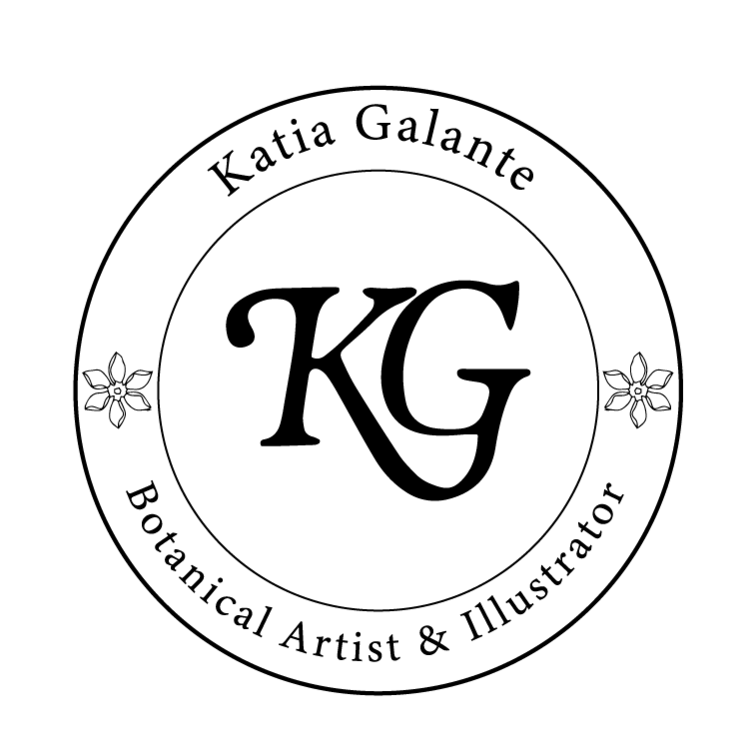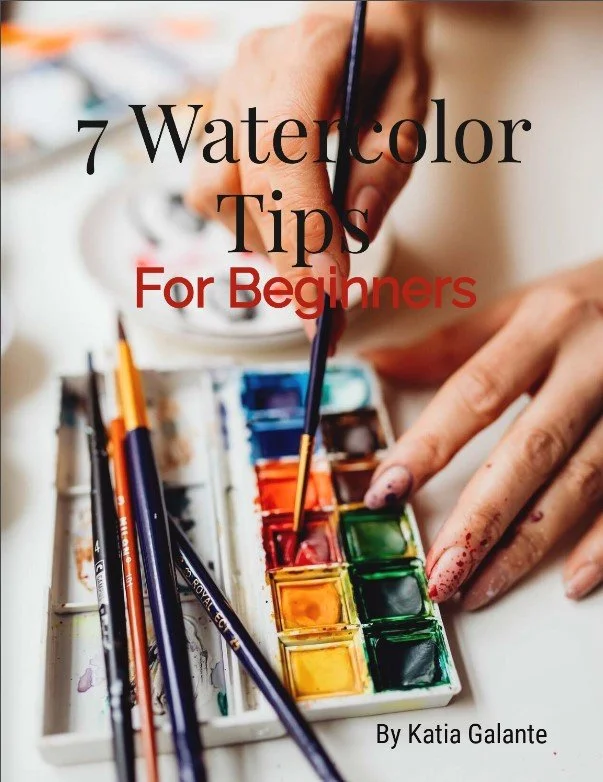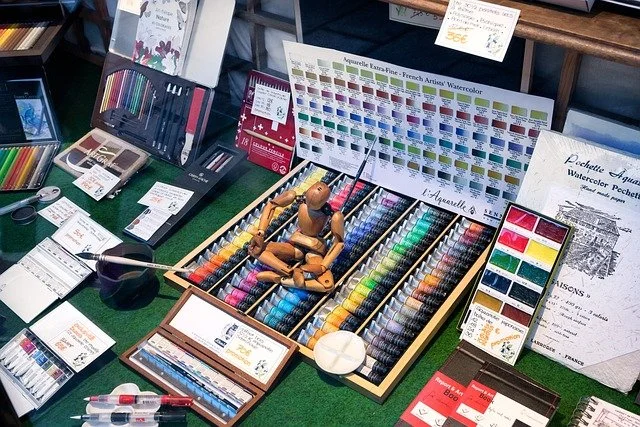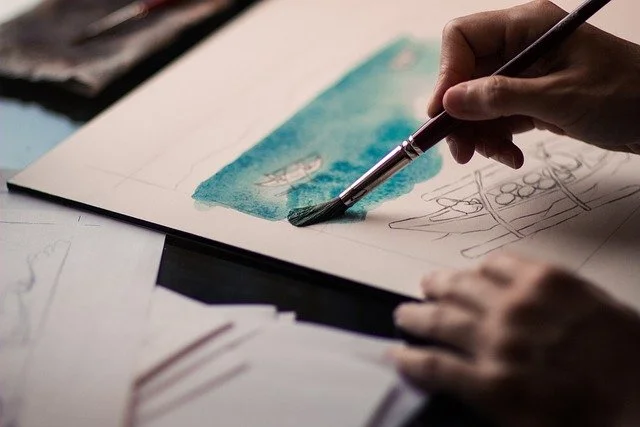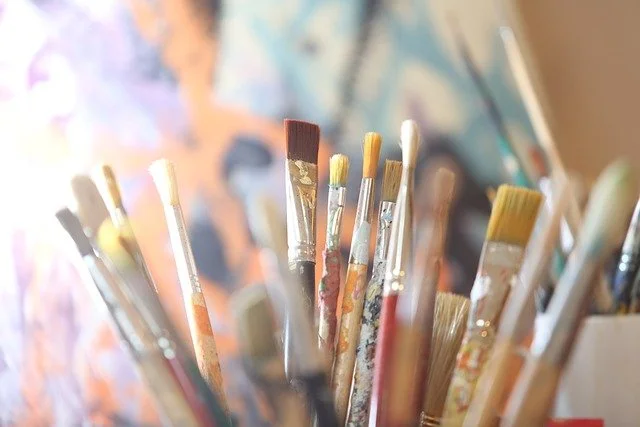If you’d like to download this blog post as a pdf guide please click HERE
Watercolor painting is a beautiful art form that can be both fun and challenging for beginners. Here are some tips to help you get started:
TIP 1
Choose the Right Supplies
It's important to invest in quality supplies that will last you for years, so don't skimp on paper or brushes. Using high-quality materials will help you achieve better results and make the learning process much more enjoyable. While poor quality materials will result in opaque, lifeless paintings and make you feel like you did something wrong.
Try different types of watercolor paint and experiment with different types of paper--you'll find that some papers hold up better than others under wet paint, while others allow for smoother blending.
TIP 2
Understand Color Theory
You can't paint without understanding color. The more you know about the principles of mixing colors, the better your paintings will look.
The color wheel is a helpful tool for visualizing how colors interact with each other and how they work together to create different moods in your painting. It's also important to understand how complementary colors (colors opposite each other on the wheel) enhance each other when used together in artwork.
A great way to learn about this is by experimenting with different color schemes; try picking two or three contrasting hues from different parts of the spectrum and see what happens when you mix them together!
You can also check out my class “Find Your Favourite Colour Palette - For Artists and Surface Pattern Designers” where I talk about some color theory and the color wheel.
TIP 3
Understand the Different Techniques
Wet-on-wet: This technique is when you paint with a brush or a palette knife and then add water to your wet paint. This will create interesting effects in your painting because it causes the colors to blend together and create new colors.
Wet-on-dry: This technique involves adding water to dry paint, which results in different effects the entire surface of your paper before starting to paint. For example, if you're working with reds and yellows on top of a dark blue background, adding some white into those areas will make them pop out more because they'll have less pigment underneath them than other parts of your painting (which still have plenty).
Dry-on-dry: This method involves applying layers of color without any previous layers underneath them; this means there won't be any blending between colors unless you use tools like sponges or brushes that can help spread out pigments evenly across large areas like skies or backgrounds.
Also, learn how to control water and pigment Practice controlling the amount of water you use and the amount of pigment you add to create different effects. Try to see what happens if you add too much or too little water, play and experiment.
TIP 4
Learn How to Layer Colors
The ability to layer colors is one of the most important skills in watercolor painting and it will help you create beautiful paintings. You can use layers of different colors, glazes or washes to achieve different effects.
You can also experiment with different techniques such as wet on wet (where you apply paint while the previous wash is still wet), dry brush (where you apply tiny amounts of paint on top of an already dried) or wet into wet (where you mix a new wash with some leftover water from your previous wash).
For more exercises on watercolor painting you can check out my class “Watercolor Basic Techniques For The Absolute Beginner”
TIP 5
Use a limited color palette
Using a limited color palette will help you create harmony in your paintings and make it easier to mix colors. For a more in depth article see my other post “How Can I Avoid Muddy Colours When Mixing Watercolour?”
TIP 6
Experiment and Have Fun
Now that you've learned the basics, it's time to experiment! Try out different mediums and techniques. Don't be afraid to make mistakes: mistakes are a natural part of the learning process. And remember: “they only are mistakes if you don’t learn from them” Henry Ford.
TIP 7
Practice regularly
Practice is the key to improving your watercolor painting skills. Try to practice regularly and set aside time for painting. Even 20 minutes a day will add up in 6 or 12 months. If you need more advise on finding time you could check out my post How To "Create" More Hours In Your Day
Have you found these tips interesting? Do you have more tips to add to this list?
Let me know in the comments
Till next time
Create and be happy!
xoxo
